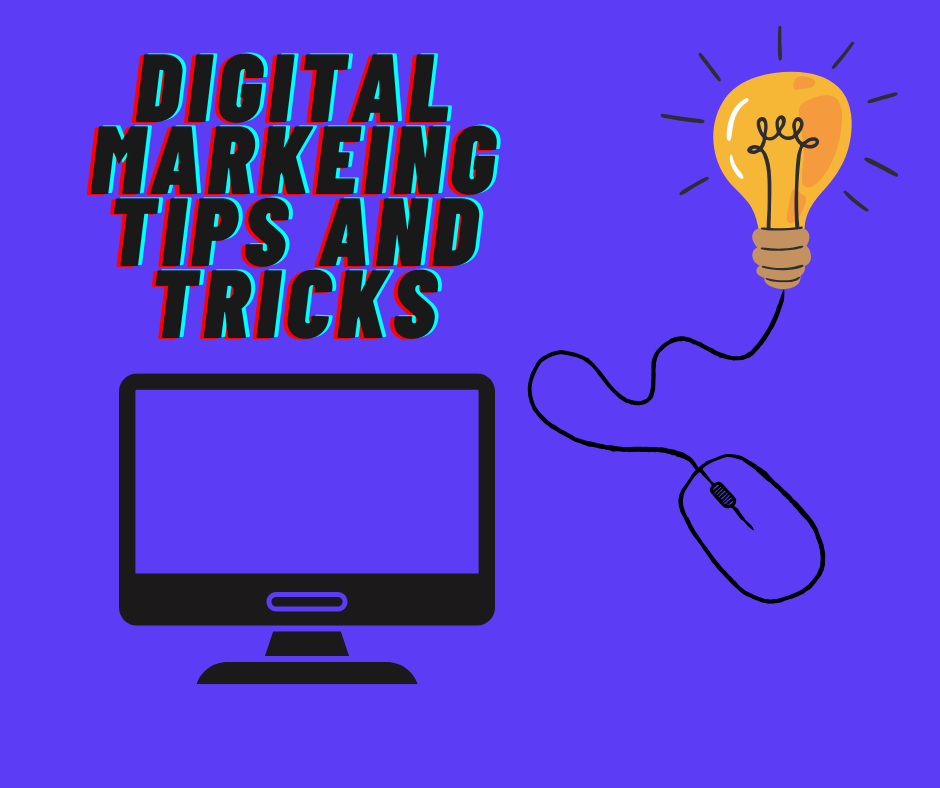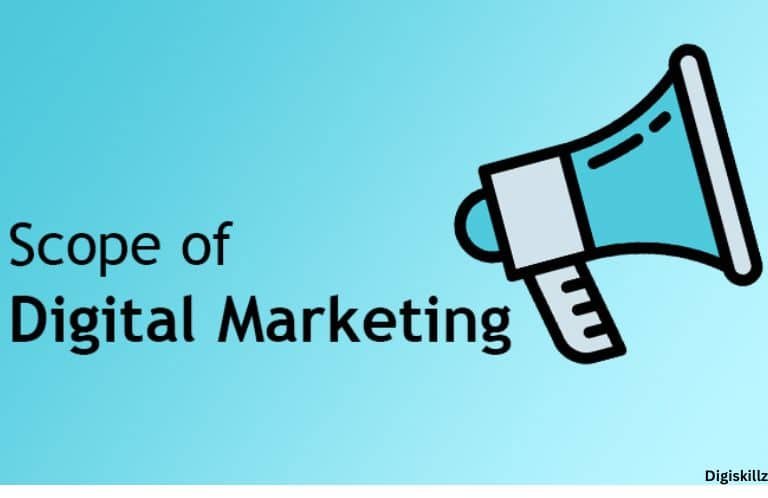Social media has become a vital aspect of modern-day marketing strategies. From small startups to large corporations, social media has become an integral part of their marketing campaigns. With billions of users worldwide, social media platforms have the potential to reach a massive audience and help businesses grow exponentially. However, social media marketing can be intimidating, especially for small businesses and startups. In this guide, we will provide a Step By Step Guide For Social Media Marketing and help you leverage the power of social media for your business.

Table of Contents
1. Setting Up Your Social Media Marketing Strategy

Setting up your social media marketing strategy involves defining your goals, identifying your target audience, choosing the right platforms, developing a content plan, and establishing key performance indicators (KPIs). By establishing a strong foundation for your strategy, you can ensure your social media efforts are aligned with your business objectives and achieve maximum impact.
1. Defining your Social Media Marketing Goals and Objectives
Before you begin any social media marketing activities, you need to identify what you want to achieve through your efforts. This could be anything from increasing brand awareness to generating leads or sales. It’s important to set specific, measurable goals and objectives so that you can track your progress and determine whether your strategy is working.
2. Identifying your Target Audience and Understanding Their Needs and Preferences
Once you’ve established your goals, you need to identify who your target audience is and what they want. This will help you create content and messaging that resonates with them and drives engagement. You can use tools like social media analytics and audience insights to gather data on your audience’s demographics, interests, and behaviors.
3. Selecting the Most Appropriate Social Media Platforms to Reach Your Audience

Not all social media platforms are created equal, and different platforms may be more effective at reaching your target audience. Consider factors like your audience’s age, gender, location, and interests when deciding which platforms to focus on. Popular platforms for businesses include Facebook, Instagram, Twitter, LinkedIn, and Pinterest.
4. Developing a Content Strategy and Calendar to Guide your Social Media Efforts
Your content strategy should outline what types of content you’ll be sharing on social media, how often you’ll post, and what messaging and visuals you’ll use to convey your brand message. Creating a content calendar can help you stay organized and ensure that you’re posting consistently.
5. Creating a Social Media Marketing Budget and Identifying Key Performance Indicators (KPIs) to Measure Success
Finally, you’ll need to establish a budget for your social media marketing activities and identify how you’ll measure success. This could include tracking metrics like engagement, reach, leads, or sales. By setting clear KPIs, you’ll be able to determine whether your strategy is working and make adjustments as needed.
2. Creating Engaging and Shareable Content

Creating engaging and shareable content involves understanding your audience’s interests and preferences and tailoring your content to meet their needs. By developing a content strategy that incorporates a variety of formats and platforms, you can create content that resonates with your audience and encourages them to share it with their own networks.
Your content strategy should align with your overall social media marketing goals and objectives, while also speaking directly to your target audience. This means understanding their pain points, interests, and preferences, and crafting content that addresses their needs.
Determining the best types of content to share on Social Media (e.g. images, videos, infographics, blog posts)
Different types of content perform better on different social media platforms, so it’s important to determine which formats will be most effective for your goals and audience. For example, visual content like images and videos tend to perform well on Instagram, while longer-form content like blog posts may work better on LinkedIn or Facebook.
Creating high-quality content that is both visually appealing and optimized for social media platforms is key to driving engagement and shares. This means using high-quality images and videos, optimizing content for each platform’s algorithm, and using engaging captions and hashtags to encourage interaction.
Encouraging your Audience to Engage with and Share your Content
To encourage your audience to engage with and share your content, you should make it as easy as possible for them to do so. This could include adding social sharing buttons to your website or blog, creating shareable graphics and images, and incentivizing sharing through contests or promotions.
3 Building and Growing Your Social Media Presence

Building and growing your social media presence requires a strategic approach that includes optimizing your profiles, developing a consistent brand voice and aesthetic, and engaging with your audience. By building a community of loyal followers and running social media campaigns and contests, you can increase engagement and brand awareness. It’s essential to regularly analyze and adapt your social media strategy to ensure continued growth and success.
Optimizing your Social Media Profiles for Maximum Visibility and Impact
To optimize your social media profiles, ensure that all necessary information about your brand or business is included, such as contact information, website URL, and a brief bio. Use high-quality visuals, such as profile and cover photos, and ensure that they align with your brand’s aesthetic.
Developing a Consistent Brand Voice and Aesthetic Across all Platforms
Your brand’s voice and aesthetic should be consistent across all social media platforms to reinforce brand recognition and identity. Define your brand’s values, tone, and messaging, and ensure they are reflected in your content.
Engaging with your Audience through Comments, Direct Messages, and Social Media Chats

Engaging with your audience is essential to building a relationship with them. Respond to comments, messages, and social media chats promptly and thoughtfully, and make sure to thank your followers for their support.
Building a Community of Loyal Followers and Brand Advocates
Encourage your followers to engage with your brand by creating a sense of community. Share user-generated content, highlight customer reviews, and create content that encourages conversation and participation.
Running social media campaigns and contests can boost engagement and brand awareness. Offer incentives such as giveaways, exclusive discounts, or early access to new products to incentivize participation. Ensure that the campaigns align with your brand values and messaging.
4. Implementing Social Media Advertising Campaigns

Implementing social media advertising campaigns involves identifying the most effective platforms and ad types, creating targeted ads based on audience demographics, interests, and behaviors, and A/B testing different ad copy and visuals to optimize performance. By setting and managing your advertising budget for maximum ROI and analyzing and reporting on campaign success, you can continuously improve and refine your social media advertising strategy
To identify the most effective social media advertising platforms, consider your target audience and their social media habits. Each platform has its unique advertising features and formats, so it’s essential to select the most suitable platforms and ad types for your business.
Creating and Targeting Ads based on Audience Demographics, Interests, and Behaviors
When creating social media ads, target your audience based on their demographics, interests, and behaviors. This targeting helps ensure your ads reach the right audience, increasing the chances of conversion.
A/B Testing Different Ad copy and Visuals to Optimize Performance
A/B testing is crucial to optimize ad performance. Test different ad copy, visuals, and call-to-actions to determine what resonates best with your audience and drives the most engagement and conversions.
Setting and Managing your Advertising Budget for ,Maximum ROI:
Setting a budget for your social media advertising campaigns is essential to ensure you get a return on your investment. Regularly monitoring your ad spending and performance will help you adjust your budget accordingly for maximum ROI.
Analyzing and Reporting on the Success of your Social Media Advertising Campaigns:
Analyzing and reporting on the success of your social media advertising campaigns is crucial to determine their effectiveness. Track metrics such as reach, engagement, and conversion rates to evaluate the success of your campaigns and make data-driven decisions for future campaigns.
5 Measuring and Analyzing Social Media Performance

Measuring and analyzing social media performance is essential to track progress toward your goals, identify areas for improvement, and make data-driven decisions. By identifying relevant KPIs, monitoring metrics regularly, and using social media analytics tools, you can continuously refine your social media strategy for maximum impact.
Identifying Key Performance Indicators (KPIs) to Measure the Success of Your Social Media Marketing Efforts:
To measure the success of your social media marketing efforts, identify relevant KPIs such as reach, engagement, conversion rates, and website traffic. These KPIs should align with your overall business goals and objectives.
Monitoring your Social Media Metrics on a Regular Basis to Track Progress Toward your Goals
Regularly monitoring your social media metrics is crucial to track progress toward your goals and making data-driven decisions. Use the insights gained from monitoring to adjust your strategy and tactics accordingly.
Analyzing Social Media Data to Identify Trends, Opportunities, and Areas for Improvement
Analyzing social media data can help identify trends, opportunities, and areas for improvement. Use this data to refine your strategy and tactics, optimize your content, and target your audience more effectively.
Using Social Media Analytics Tools to Measure and Report on your Social Media Performance
Social media analytics tools can help measure and report on your social media performance, providing valuable insights into your audience’s behavior, engagement, and interests. Use these tools to regularly monitor your KPIs and adjust your strategy accordingly.
Continuously refining your social media strategy based on data insights is essential to ensure continued growth and success. Use the insights gained from monitoring and analyzing your social media data to adjust your tactics, content, and targeting for maximum impact.
6 Staying Up-to-Date with Social Media Trends and Best Practices

Staying up-to-date with the latest social media trends and updates across platforms is essential to ensure your social media strategy remains effective. Follow social media industry news and stay informed about new features and functionality that may impact your strategy.
New features and functionality on social media platforms can significantly impact your social media strategy. Stay informed about changes to algorithms, new ad formats, and updates to policies to ensure you’re making the most of these tools.
Industry experts and thought leaders can provide valuable insights and knowledge to help you improve your social media strategy. Attend webinars, listen to podcasts, and take online courses to stay up-to-date on the latest trends and best practices.
Participating in social media communities and groups can help you connect with other marketers and share best practices. Join groups related to your industry or social media marketing to network and learn from others.
Experimenting with new social media tactics and tools is essential to keep your strategy fresh and effective. Test new content formats, use new social media tools, and try out new tactics to identify what works best for your brand and audience.
To expand your understanding of Instagram advertising, feel free to browse through this source, which offers valuable tips and strategies for maximizing your ad campaigns on this popular social media platform.
For a comprehensive guide on Facebook marketing, check out this resource, which offers a wealth of information on how to create and optimize ads that can reach your target audience effectively.
Conclusion
In conclusion, social media marketing is a crucial aspect of any successful marketing strategy in the digital age. The step-by-step guide provided in this topic can be a valuable resource for businesses and individuals looking to make the most of their social media presence.
This Guide For Social Media Marketing helps businesses can create engaging content, identify their target audience, and develop effective social media campaigns. Additionally, tracking and analyzing social media metrics can provide valuable insights into what is working and what needs to be adjusted.
It is important to remember that social media marketing is an ongoing process that requires consistent effort and attention. By staying up-to-date with the latest trends and strategies, businesses can continue to improve their social media presence and drive engagement with their audience.











Leave A Comment